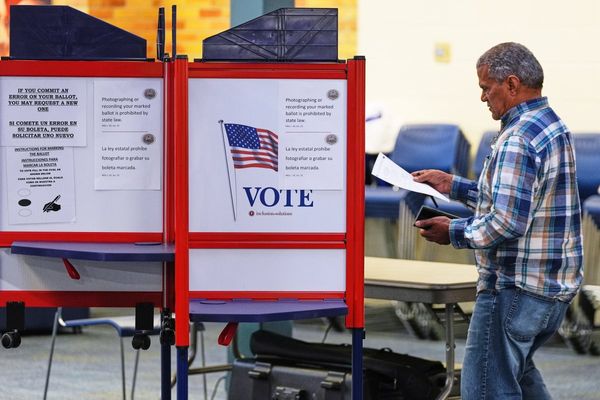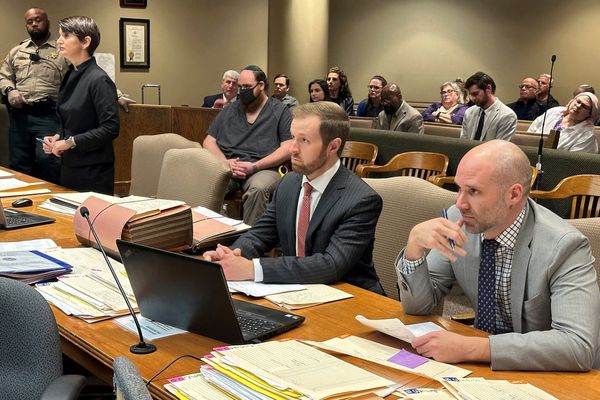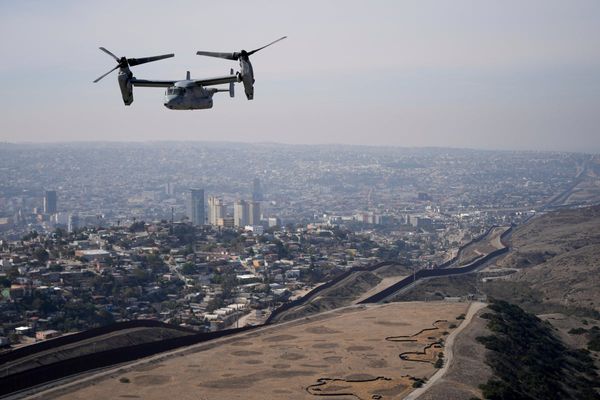
It’s been 41 years since the Nellie massacre of February 18, 1983, seen as one of the most horrific events of collective violence in independent India. Official estimates put casualties anywhere between 1,800 and 2,000, while less conservative figures hover around 7,000. But do these numbers matter more than the identity of the victim, victimhood or the kind of social decay this event has caused in Assam?
The symbolic violence of the massacre singes minorities in Assam today more than anything.
Nellie, after all, had erected the phobic, hated image of the “Bangladeshi” and established them as an enemy of the “indigenous” in Assam. The foreigners included even the Bihari and Nepali migrants during the Assam Movement (1979-85), now legally concretised in the figure of the Bengali-origin Muslims with Citizenship Amendment Act 2019 and National Register of Citizens (NRC). They are the public enemy in Assam today and the BJP has purged their freedom to further deny their humanity.
The victims of Nellie and other massacres that took place in Assam in 1983 amid the anti-foreigner Assam Movement were primarily Bengali-origin Muslims, of which, a majority were children and women. In fact researchers like Devabrata Sharma have found that victims of the Assam movement primarily belonged to Bengali-origin Muslims, ST-SC-OBC minorities and left activists. The same is true for anti-colonial struggles too. As a result of this, the caste Assamese enjoy a kind of “wage of indigenousness”. More on that later.
Nellie is a product of Assamese nationalism.
Reason was martyred on the day of the massacre and vernacular violence showed its limits. It provided that perfect theatre for the caste Assamese middle class, and it also corrupted them and believers in Assamese nationalism morally and politically. Moinul Hoque wouldn’t have been given a necrophiliac treatment by Bijoy Bonia in Sipajhar had Nellie not happened.
Nellie changed the Assamese psyche fundamentally for the worse. The absence of guilt today and the silence we see even on its anniversary is a testimony to the social degradation. Even intellectuals have abandoned Nellie.
Frantz Fanon was right to suggest that intellectual alienation is a creation of a middle-class society. The regional media which follows the same path of abandonment and silence is only an extension of the same. Fanon was also right to qualify the middle class as a “closed society.” One that has “no taste”, in which “ideas and men” are corrupt, but most importantly, is a society marked by rigidity and its hostility towards progress and discovery.
Having grown up in Assam, I can certainly say that it has become a closed society, one that is incapable of seeing oneself without the figure of the foreigner – the “Bangladeshi”. This obsession with the Bangladeshi is a distinctive social character of Assamese nationalism, with its base in the Assamese middle class, as argued by many writers on Assamese politics.
In this interlocking of identity, there is an objectification of the “Bangladeshi” and a narcissism of the Assamese. A Bengali-origin Muslim is not seen as an individual human being but is seen only with their prejudiced collective qualities. For instance, Sitanath Brahmachoudhury, the Assam Sahitya Sabha President of the 1981-82 session, would qualify the peasants with roots in Mymensingh as mati luviya (land-hungry). Here we can see the influence of CS Mullan’s census report of 1931 on the migrants from East Bengal. Not only does Mullan characterise the migrants as land-hungry but accuses them of illegally capturing lakhs of acres of land. This objective characterisation of all peasants and migrants is not only problematic and incorrect but also adds fuel to the fire.
The theatre of Nellie was prepared even from the podiums of a literary society which repeatedly ostracised the migrants. That was the extent of the collective hate towards the “foreigners”.
To borrow the metaphor of veil from W.E.B. DuBois, Nellie created a veil on the body of the Bangladeshi. This veiled body is repeatedly visited by violence of a variety.
Bengali-origin mothers are denied their motherhood. Their families are denied citizenship. Their homes are destroyed, and land and their bodies declared as illegal. They are turned into objects. Toxic and unwanted, they are trapped in the need to show fidelity to both Assamese society and India at large. This sub-human treatment has only grown since Nellie, like ivy on the wall.
The series of legal sanctions and political comments made by the current state government about Miya Muslims only reflect a growing degree of hate. The Assam Cattle Prevention Act 2021, Assam repealing Act 2022 (that withdraws public funding from madrassa education), delimitation of constituencies, blaming Miya Muslims for rise in price of vegetables (“food jihad”), publicly declaring that BJP doesn’t need Miya votes to win elections, accusing them of being “terrorist” and overpopulating and blaming them for “flood jihad” after the Silchar floods. If all this is not racism, what is?
These developments show that Nellie was just the beginning of violence against Bengali-origin Muslims. The years since the massacre only saw more violence being manufactured on the bodies of the “foreigners”. There is a glut of hate and every day we see novel ways of attacking their identity and existence.
‘Wage of indigenousness’
The caste Assamese enjoy a “wage of indigenousness”. The concept of “wage of whiteness” was used by DuBois to indicate the difference in the social position of blacks and whites in America. The poor whites still are better off than poor blacks, if not economically, but socially in American society. They did not have to face the Jim Crow laws of segregation from public parks to transportation. DuBois argued that they enjoyed a wage of whiteness. The very fact that they were not black, made them citizens with rights.
The same can be safely said of the caste Assamese. They enjoy this wage because of the simple fact that they are not “Bangladeshis”. When we take into account the victims of political movements in the history of Assam as stated earlier, we see that not all indigenous in the Northeast enjoy the wages of being an indigenous fully. Tribal groups like Misings have always been used by the caste Assamese to show the diversity of Assamese culture but they have never been fully integrated into the manifold of Assamese society.
The anti-Muslim legal, political and social sanctions and sentiments in Assam only show the extent of fracture in Assamese society, while the “wage of indigenousness” is enjoyed by all “Original Inhabitants (OI)” in various degrees in Assam. With the BJP, the Hindus also enjoy the wage of being a Hindu. The Bengali-origin Muslims thus become the sole subject that is objectively denied this wage, making them practically and theoretically non-citizens of Assam. NRC is active proof of this wage operating against them.
Indigeneity being turned into an elementary aspect of Indian citizenship is morally damaging and against any democratic imagination. Nellie is not outside of the debates on citizenship in India. Long before Godhra and the BJP’s march to power, Nellie was writing a chapter for the New India to come.
The writer teaches sociology at the School of Liberal Arts and Sciences, RV University, Bengaluru. The views expressed in this article are his own and do not represent his institution.
In times of misinformation, you need news you can trust. We’ve got you covered. Subscribe to Newslaundry and power our work.
Newslaundry is a reader-supported, ad-free, independent news outlet based out of New Delhi. Support their journalism, here.







